Many localities are leading the green tourism trend.
Vietnam, with a coastline of up to 3,260km, is one of the 10 countries with the longest coastline relative to its land area in the world, and is also home to 2,360 large and small rivers. With diverse natural resources, the development of green tourism not only helps promote biodiversity conservation but also improves the lives of communities and economic growth.
According to Deputy Director of the Vietnam National Tourism Administration Ha Van Sieu, after the Covid-19 pandemic, green tourism that is beneficial to health is always highly appreciated and chosen by tourists. "To attract tourists, the Prime Minister issued Decision No. 882/QD-TTg on the National Action Plan on Green Growth for the 2021-2030 period. In which, priority is given to developing tourism types in the direction of growing green tourism products," Mr. Sieu emphasized.
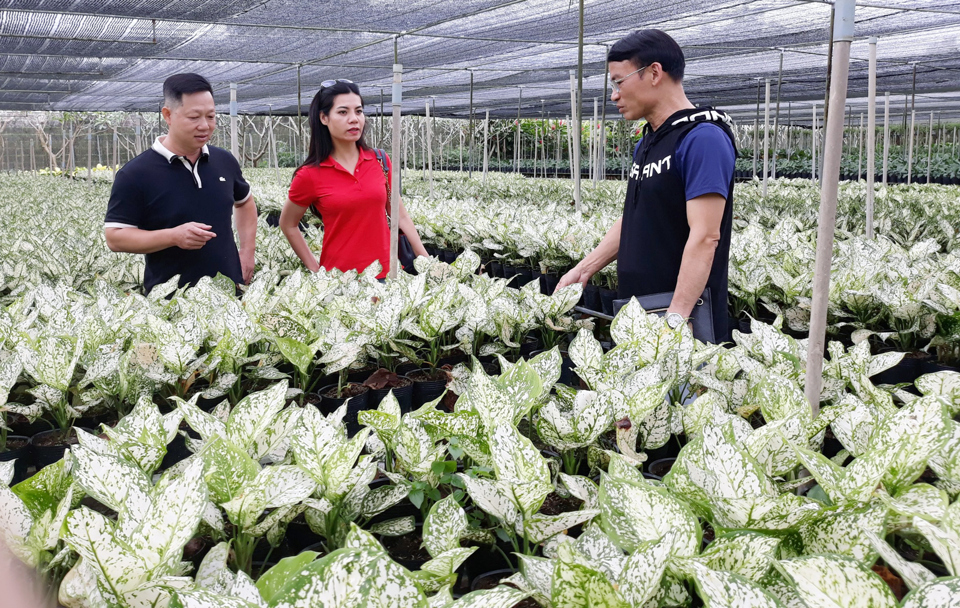
Director of the Institute for Brand Strategy and Competitiveness Research Vo Tri Thanh shared: survey results of the travel technology company Expedia Group (USA) show that 90% of tourists love trips that reduce the environmental "footprint", help support the local economy and culture, and have the opportunity to explore new destinations.
According to information from the National Tourism Administration, in order to meet the needs of tourists, the green tourism model has been effectively implemented in many localities. Since 2017, Hoi An has introduced a kayaking tour combined with garbage collection on the Hoai River, introduced by Hoi An Kayak Tourism Company, which has attracted many tourists. The cost of such a tour is only 10 USD/person, paddling for 4 hours to both sightsee and collect garbage. Many domestic and international tourists initially joined out of curiosity, but later became very excited to participate.
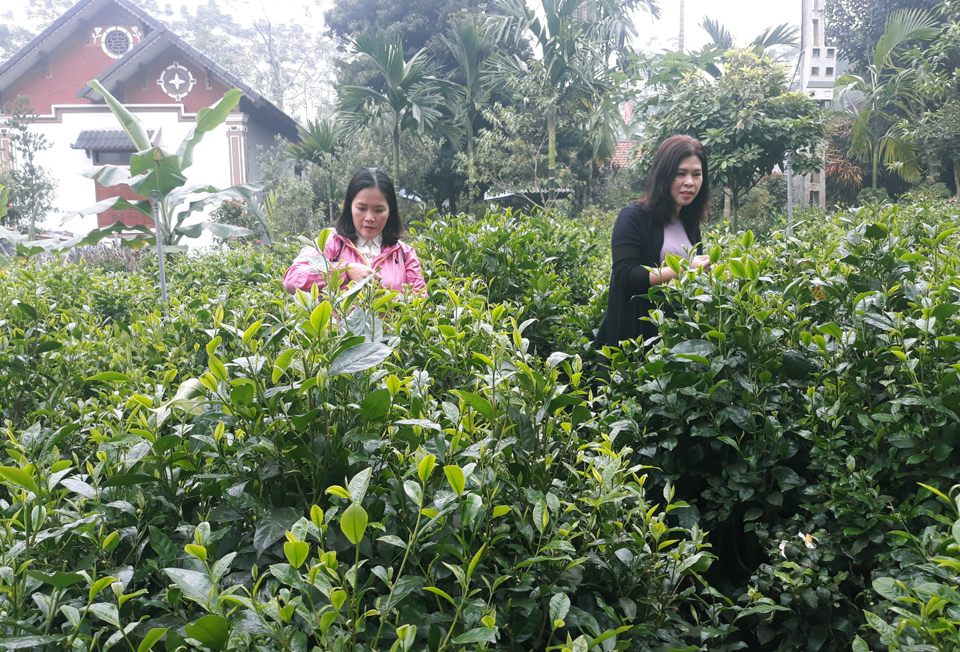
Similarly, Co To island district (Quang Ninh) is also very determined to say no to plastic waste when asking tourists not to bring disposable plastic products. At the same time, travel companies in Co To district organize green tours.
Ninh Binh province has developed many green tourism products, aiming at experiencing nature. In Con Dao, Six Senses Con Dao resort in collaboration with Con Dao National Park has restored many nesting grounds and carried out sea turtle conservation, attracting the attention of tourists, especially children.
Need cooperation from many sides
Although green tourism has been implemented by many localities to attract tourists, this activity is still localized and each person does their own thing. This shows that to develop this type of tourism, cooperation from many sides is needed.
Reflecting on the difficulties in the process of developing green tourism, Chairman of the Vietnam Tourism Association Vu The Binh informed that there are many major challenges in developing tourism towards green growth. Specifically, the awareness of a part of the people is not adequate about green growth, while the management agency lacks mechanisms and guidelines for developing green tourism because there is no set of green tourism criteria applicable nationwide. In addition, many tourist establishments do not have active measures to treat waste and wastewater but still directly discharge them into the natural environment.
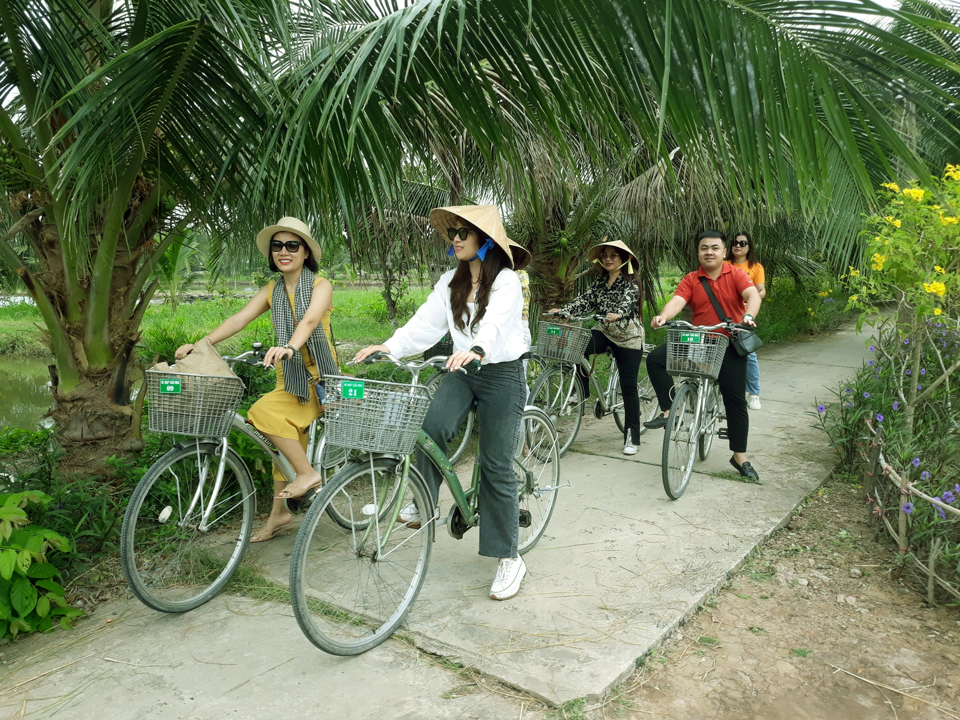
From the business perspective, Deputy General Manager of Silk Sense Hoi An Resort Ha Thi Dieu Vien said that when the unit applied green criteria to products and services, not all tourists were aware of the meaning of this action, so they reacted very strongly when being prevented from using disposable plastic products. In addition, to ensure green criteria, businesses have to invest a large amount of capital in environmentally friendly products but have not received financial support from state management agencies...
To overcome these difficulties, Permanent Vice President of the Vietnam Tourism Association Phung Quang Thang proposed that to effectively transform green tourism and develop sustainably, it is necessary to have the joint efforts of local authorities, businesses, and people.
“Localities and units need to take more specific actions, plan areas for tourism development, invest in infrastructure and equipment to minimize activities that cause environmental pollution. In addition, propaganda for people needs to shift from awareness to action, and properly treat natural and cultural resources,” said Mr. Thang.
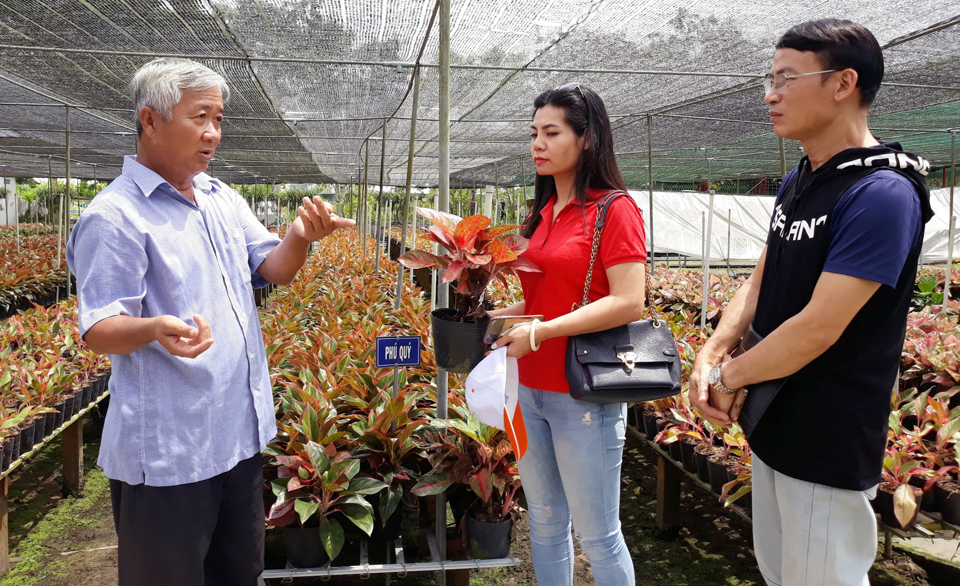
From an expert perspective, Deputy Representative of the United Nations Development Program (UNDP) in Vietnam Patrick Haverman said that destination management is a process that requires the participation and leadership of local authorities. In particular, close coordination with the private sector and the community is emphasized, thereby reflecting their opinions and views in tourism management solutions of each locality. "UNDP is ready to support the tourism industry in the process of transforming Vietnam into a green tourism destination for sustainable development," Mr. Patrick Haverman pledged.
Representing the tourism business community developing green tourism, Vice Chairman of the Quang Ninh Tourism Association Nguyen Ha Hai said that the State needs to have incentive mechanisms on tax, credit, and investment support for green and sustainable tourism development projects. In particular, it is necessary to soon develop and promulgate the Action Program of the tourism industry to implement the National Strategy on Green Growth for the period 2021-2030, with a vision to 2050.
In particular, the Ministry of Culture, Sports and Tourism issued a set of national green tourism criteria for each tourism sector in accordance with the actual conditions of Vietnam. "The issuance of the criteria will be a legal support for businesses in the process of developing this type of tourism," Mr. Hai stated.
Source



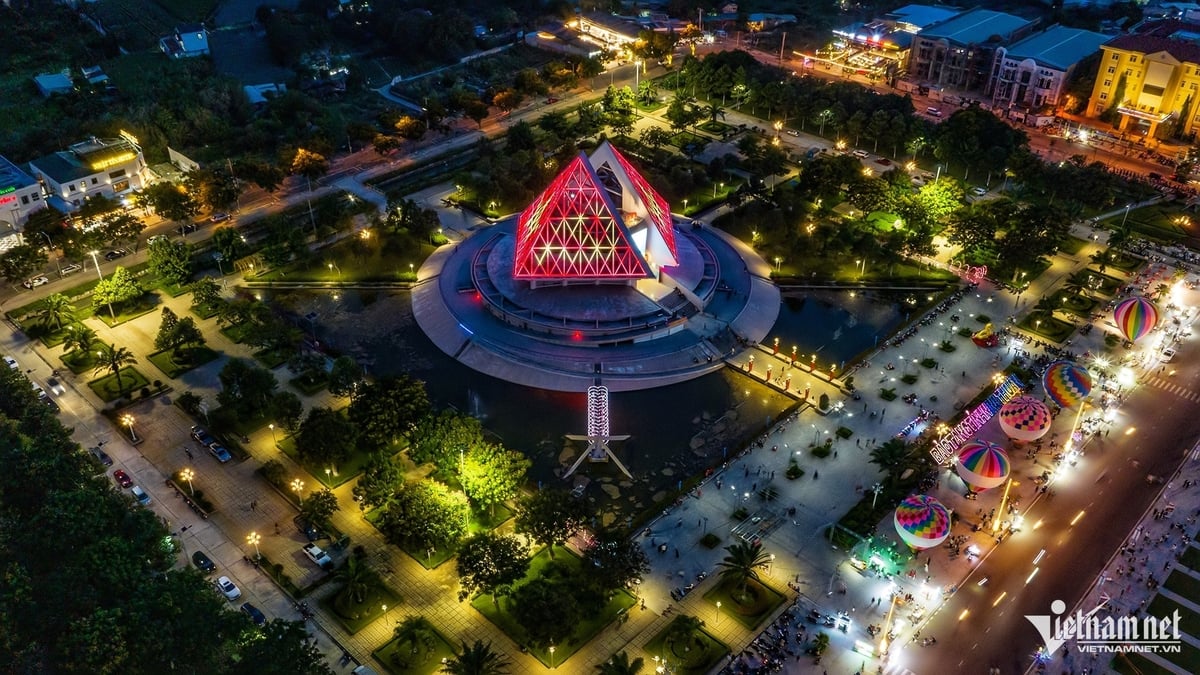
![[Photo] Buddha's Birthday 2025: Honoring the message of love, wisdom, and tolerance](https://vphoto.vietnam.vn/thumb/1200x675/vietnam/resource/IMAGE/2025/5/12/8cd2a70beb264374b41fc5d36add6c3d)
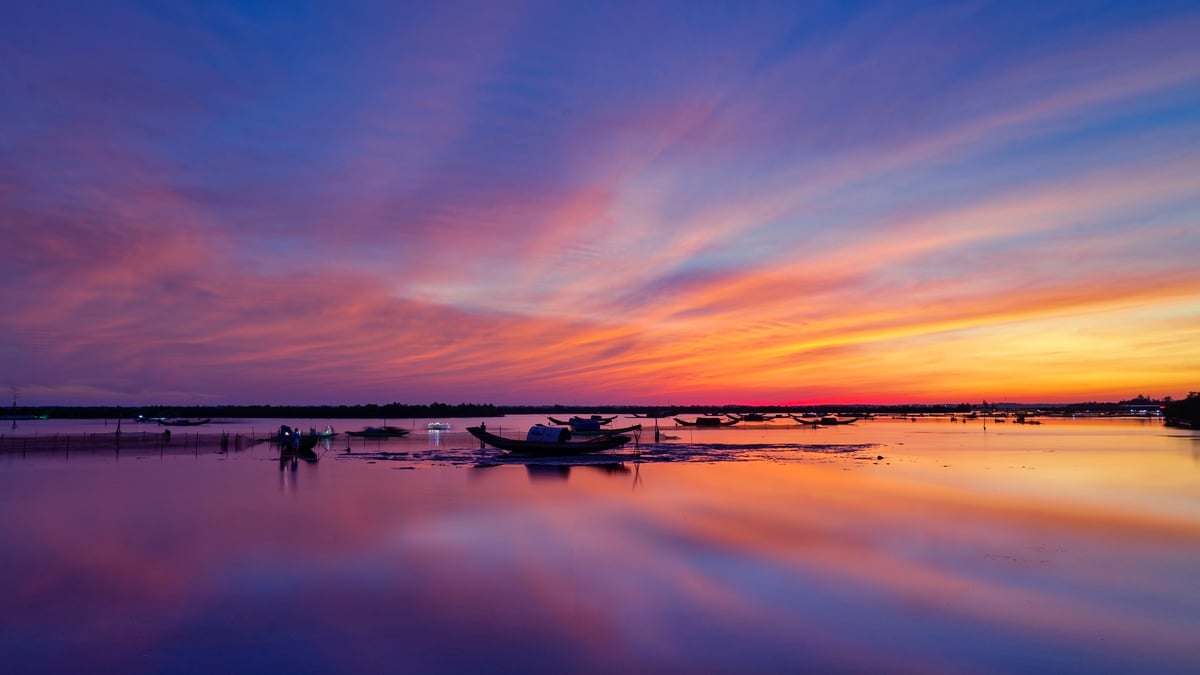

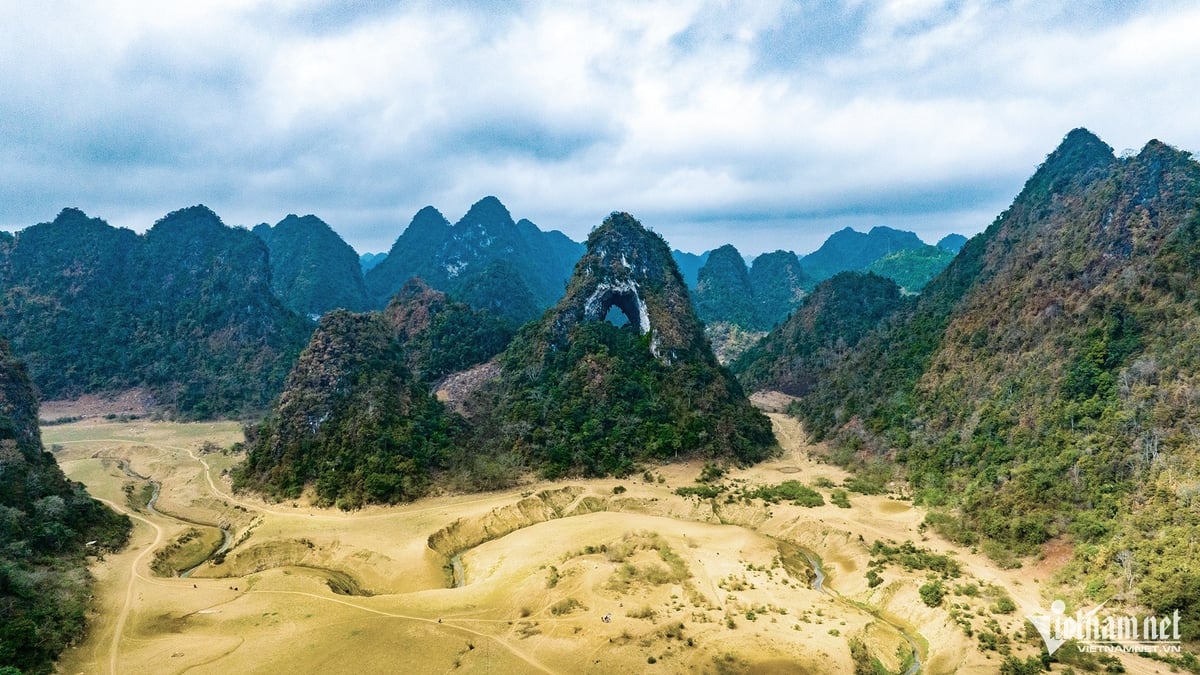


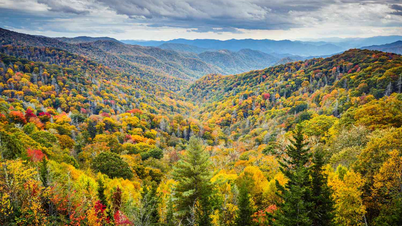

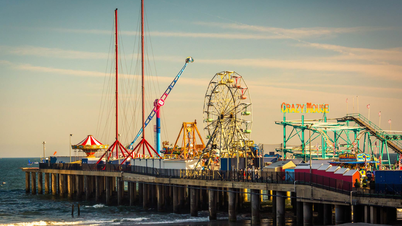
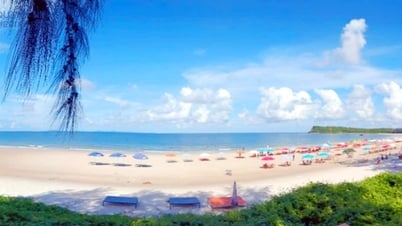



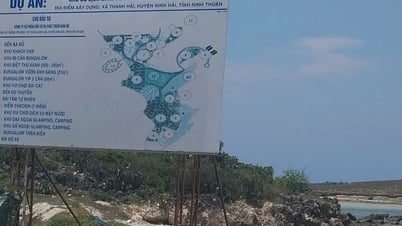


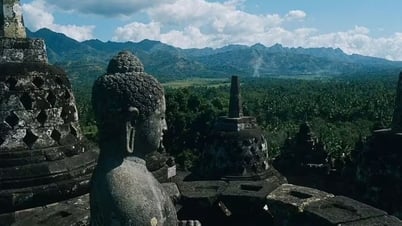





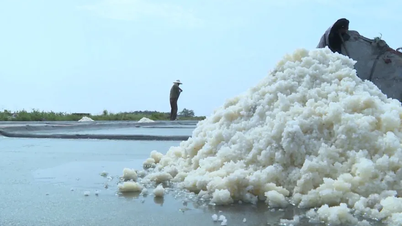


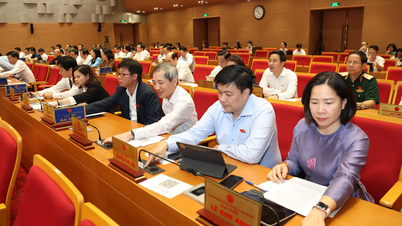

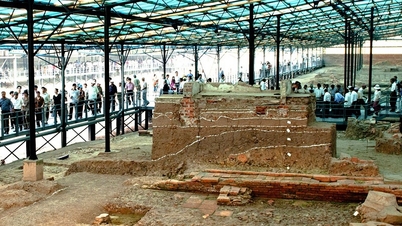
![[Photo] General Secretary To Lam arrives in Minsk, begins state visit to Belarus](https://vphoto.vietnam.vn/thumb/1200x675/vietnam/resource/IMAGE/2025/5/11/76602f587468437f8b5b7104495f444d)
![[Photo] General Secretary To Lam meets and expresses gratitude to Vietnam's Belarusian friends](https://vphoto.vietnam.vn/thumb/1200x675/vietnam/resource/IMAGE/2025/5/11/c515ee2054c54a87aa8a7cb520f2fa6e)
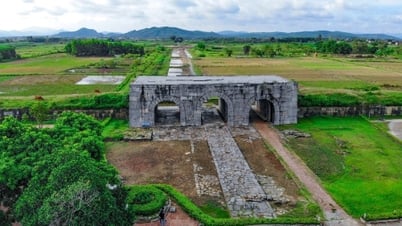

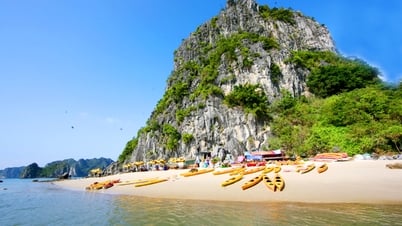

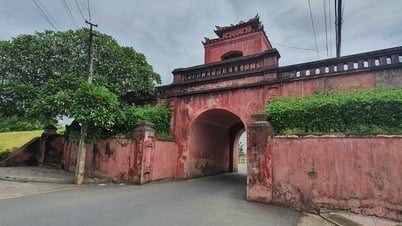


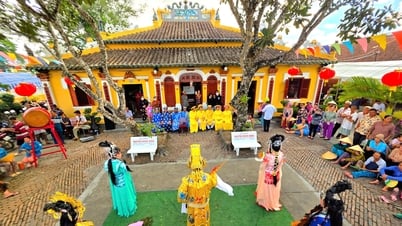
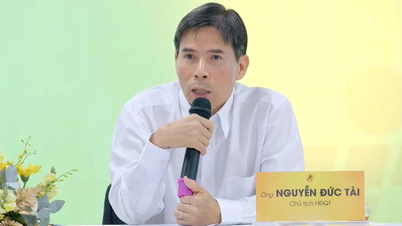



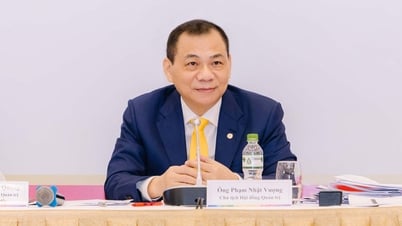











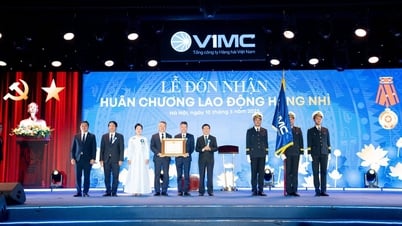
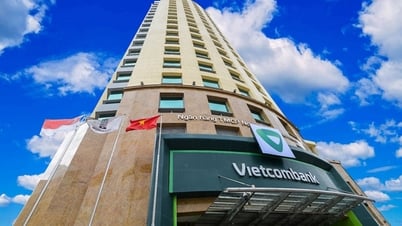


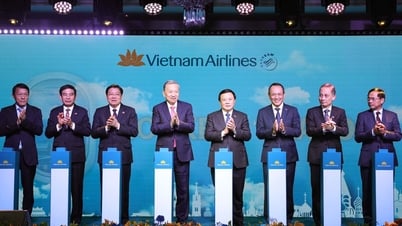


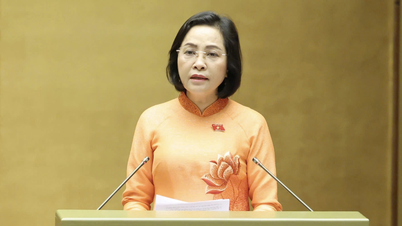


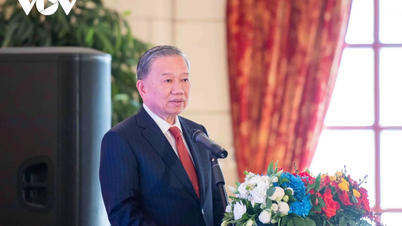





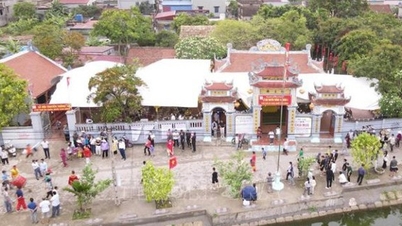

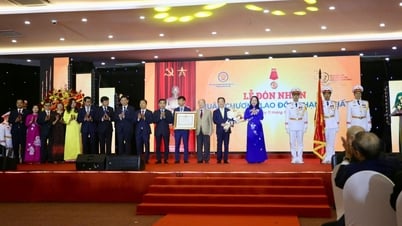

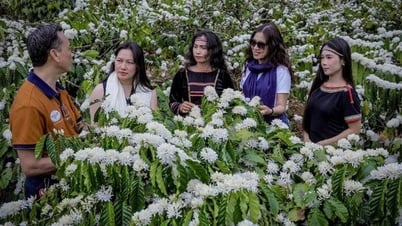
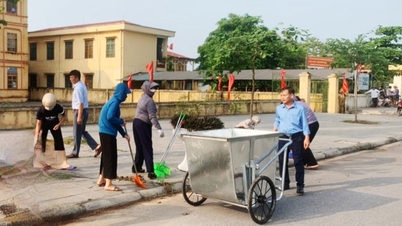

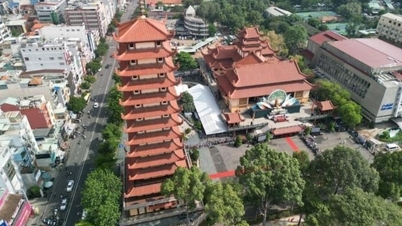


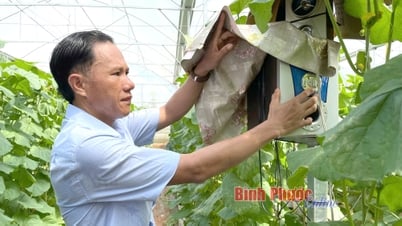

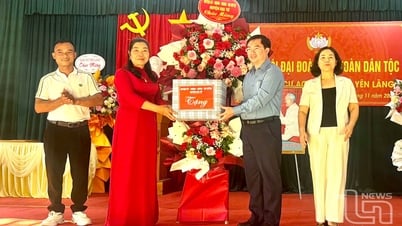

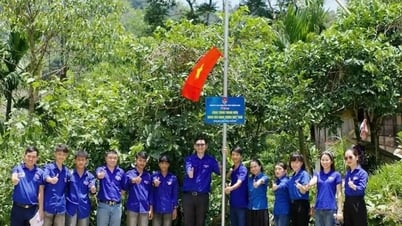

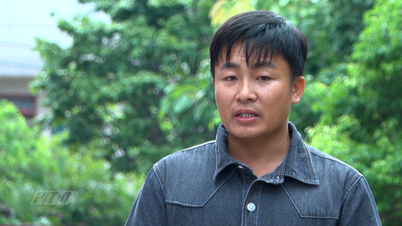
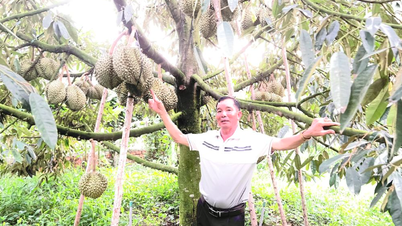


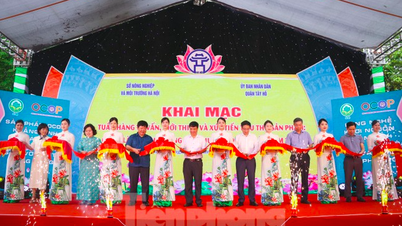


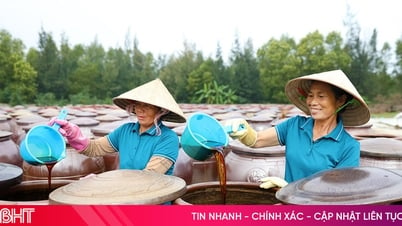

Comment (0)